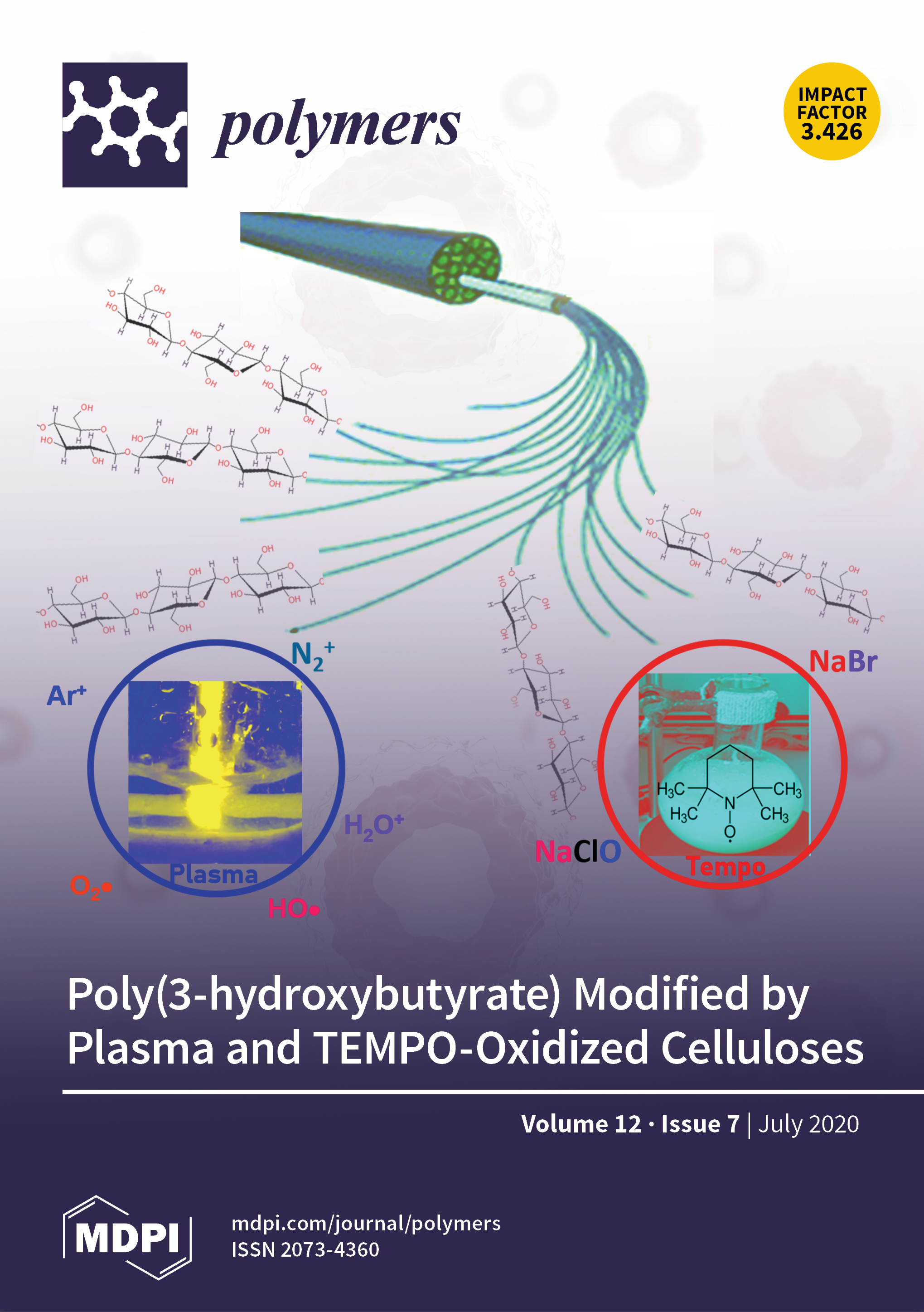Poly(amidoamine) (PAMAM)-based electrolytes are prepared by dissolving the PAMAM half-generations G1.5 or G2.5 in propylene carbonate (PC), either with lithium bis(trifluoromethylsulfonyl)imide (LiTFSI) or sodium bis(trifluoromethylsulfonyl)imide (NaTFSI) salts. The solutions, designed for ion battery applications, are studied in terms of ions transport properties. Raman Spectroscopy reveals information about the interactions between cations and PAMAM dendrimers as well as full dissociation of the salts in all solutions. Pulsed-field gradient Nuclear Magnetic Resonance (PFG NMR), measured as a function of both temperature and PAMAM concentration, are obtained for the cation, anion, solvent, and dendrimer molecules using lithium (7Li), sodium (23Na), fluorine (19F), and hydrogen (1H) NMR, respectively. It was found that lithium diffusion is slow compared to the larger TFSI anion and decreases with PAMAM concentration due to interactions between cation and dendrimer. Comparison of conductivities calculated from diffusion coefficients using the Nernst–Einstein equation, with conductivity measurements obtained from Impedance Spectroscopy (IS), shows slightly higher IS conductivities, caused among others by PAMAM conductivity

